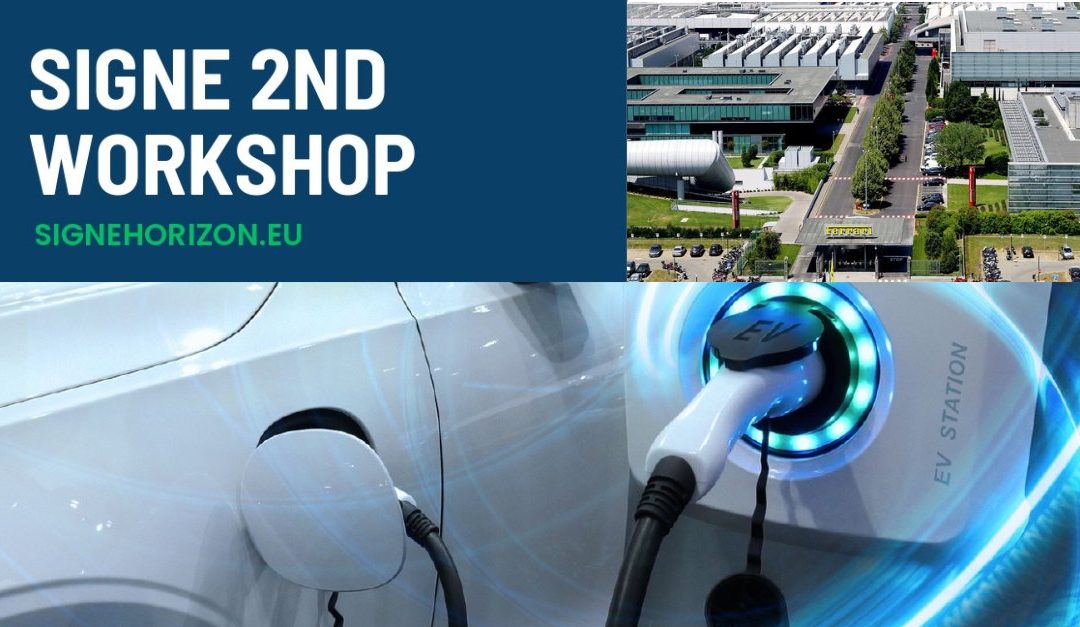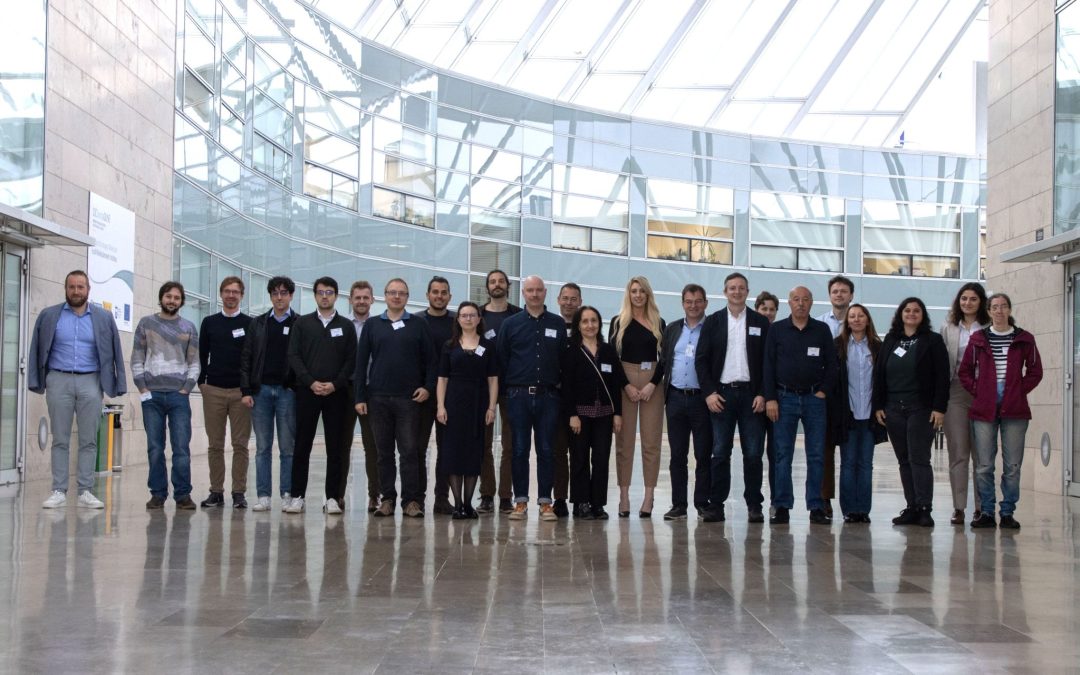TMEC recently 𝗰𝗼𝗺𝗽𝗹𝗲𝘁𝗲𝗱 𝗮𝗻𝗮𝗹𝘆𝘀𝗶𝘀 𝗼𝗳 𝗮 𝗽𝗿𝗼𝘁𝗼𝘁𝘆𝗽𝗲 𝗿𝗲𝗮𝗰𝘁𝗼𝗿 (~𝟭𝟬𝟬 𝗴 𝘀𝗰𝗮𝗹𝗲) designed for the synthesis of anode materials from a precursor – target temperature: up to 700 °C; multi-zone furnace.
This work is part of their valued contribution to the SiGNE project, funded under the European Union’s research and innovation programme.
🧪 𝗕𝗮𝘀𝗶𝗰 𝗼𝗽𝗲𝗿𝗮𝘁𝗶𝗼𝗻 – 𝗵𝗲𝗮𝘁𝗶𝗻𝗴, 𝗰𝗶𝗿𝗰𝘂𝗹𝗮𝘁𝗶𝗼𝗻, 𝘃𝗮𝗰𝘂𝘂𝗺 – 𝗽𝗮𝘀𝘀𝗲𝗱 𝘀𝘂𝗰𝗰𝗲𝘀𝘀𝗳𝘂𝗹𝗹𝘆.
But under synthesis conditions, two effects emerged:
• accumulation and boiling of the precursor in the bottom of the reactor
• slow thermal drop in the center furnace zone.
Power was not the issue – the system had 8 kW available. The reaction itself is not particularly energy-intensive.
📉 𝗥𝗼𝗼𝘁 𝗰𝗮𝘂𝘀𝗲 𝗮𝗻𝗮𝗹𝘆𝘀𝗶𝘀 𝗽𝗼𝗶𝗻𝘁𝗲𝗱 𝘁𝗼 𝗮𝗻 𝗶𝗻𝘀𝘂𝗹𝗮𝘁𝗶𝗼𝗻 𝗱𝗲𝗰𝗶𝘀𝗶𝗼𝗻:
The side walls of the reactor were insulated to protect sealing elements during vacuum stages. This caused side furnace zones to reach temperature early and shut down, dragging the central zone down due to internal controller logic.
⚗️ 𝗘𝘃𝗲𝗻 𝘄𝗶𝘁𝗵 𝘀𝘂𝗯𝗼𝗽𝘁𝗶𝗺𝗮𝗹 𝘁𝗵𝗲𝗿𝗺𝗮𝗹 𝘀𝘁𝗮𝗯𝗶𝗹𝗶𝘁𝘆, 𝘄𝗲 𝗼𝗯𝘁𝗮𝗶𝗻𝗲𝗱 𝗺𝗮𝘁𝗲𝗿𝗶𝗮𝗹 𝘄𝗶𝘁𝗵 𝗿𝗲𝗮𝘀𝗼𝗻𝗮𝗯𝗹𝗲 𝗽𝗿𝗼𝗽𝗲𝗿𝘁𝗶𝗲𝘀 – not yet at target spec, but close enough to build on. The issue has been addressed.
New rounds are underway!
🛠️ Real behavior of multi-zone systems often only shows up in hardware.
Design, thermal inertia, and control logic always meet at the edge.
The SiGNE team is grateful for our Partners in TMEC for their contribution and innovations and for all we are learning from their processes.

Spotlight on SiGNE
In the SiGNE spotlight series this month are our Partners in...


